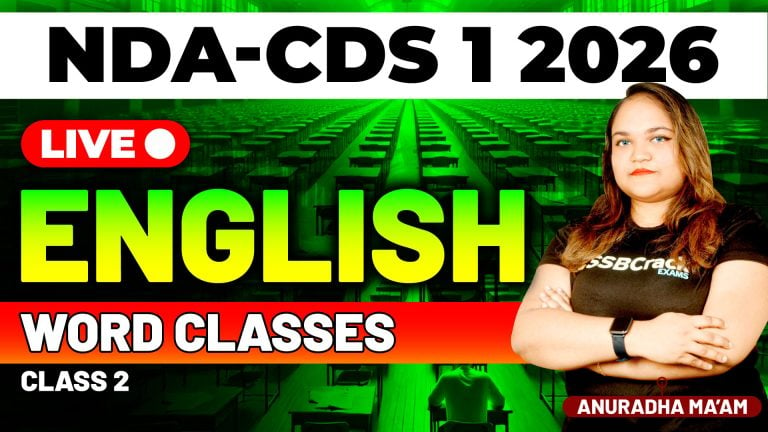The climate of India plays a pivotal role in shaping the country’s geography, biodiversity, agriculture, and even its defense strategies. For aspirants of the National Defence Academy (NDA) and Combined Defence Services (CDS) examinations, understanding the intricacies of India’s climate is not just academically beneficial but also crucial for future military service. Here’s why comprehending the climate of India is essential for NDA and CDS aspirants:
1. Geostrategic Awareness
India’s diverse climate affects its geostrategic considerations. The varied climatic conditions across regions—from the arid deserts of Rajasthan to the cold Himalayas and the tropical forests of the Northeast—demand different military strategies and operational tactics. Aspirants need to understand how climate influences border security, troop deployment, and logistics in different terrains.
For instance, the harsh winters in the Himalayan regions require special equipment and training for soldiers. Knowing the climatic conditions can help in planning and executing operations effectively in these challenging environments.
2. Environmental Adaptability
Military personnel must be prepared to operate in any part of the country, regardless of the weather conditions. Knowledge of India’s climate helps future officers anticipate and adapt to various environmental challenges. This adaptability is crucial during both peacetime deployments and wartime operations.
Understanding the monsoon patterns, for example, is vital for planning maneuvers and supply chain logistics. Heavy rains can cause flooding and landslides, impacting mobility and communication lines. Being aware of these patterns allows for better preparedness and swift response.
3. Resource Management
India’s climate significantly impacts its natural resources, such as water, forests, and arable land. Military strategies often depend on the availability and management of these resources. Aspirants should be aware of how climate affects resource distribution and how this, in turn, impacts military logistics and sustainability.
For instance, water scarcity in arid regions can affect the establishment of military bases and the well-being of troops. Effective resource management strategies are essential to ensure that the armed forces can sustain their operations under varying climatic conditions.
4. Humanitarian Assistance and Disaster Relief (HADR)
The Indian armed forces frequently play a crucial role in disaster relief operations during natural calamities such as floods, cyclones, and earthquakes. Understanding the climate helps in anticipating these events and preparing for quick and efficient disaster response.
Aspirants need to be well-versed in the seasonal patterns and geographical vulnerabilities of different regions. This knowledge enables them to plan and execute rescue and relief operations, minimizing the impact of disasters on civilian populations.
5. Agricultural Insights
India’s agriculture, which forms the backbone of its economy, is heavily dependent on climate. Understanding the agricultural cycles and the impact of climate change on agriculture is important for ensuring food security. This, in turn, affects the overall stability and security of the nation.
Aspirants should be aware of how climate change is altering agricultural practices and productivity. This understanding can help in formulating policies and strategies that ensure the armed forces are well-supplied and that rural regions, which often supply personnel to the military, remain stable and prosperous.
6. Climatic Impact on Health and Training
Climate affects the health and training routines of military personnel. Different weather conditions require different physical and medical preparedness. For instance, high-altitude training in cold climates demands acclimatization and specific physical conditioning to prevent altitude sickness and other health issues.
Knowing the climatic conditions helps in designing training programs that prepare personnel for the physical demands of operating in diverse environments. This is crucial for maintaining the health and combat readiness of the troops.
Conclusion
For NDA and CDS aspirants, understanding the climate of India is not merely an academic requirement but a foundational aspect of military service. It enhances strategic planning, operational effectiveness, resource management, and humanitarian efforts. By comprehending the climatic diversity of India, future officers can better serve and protect the nation, ensuring they are prepared for the wide range of challenges they may face in their military careers.

















